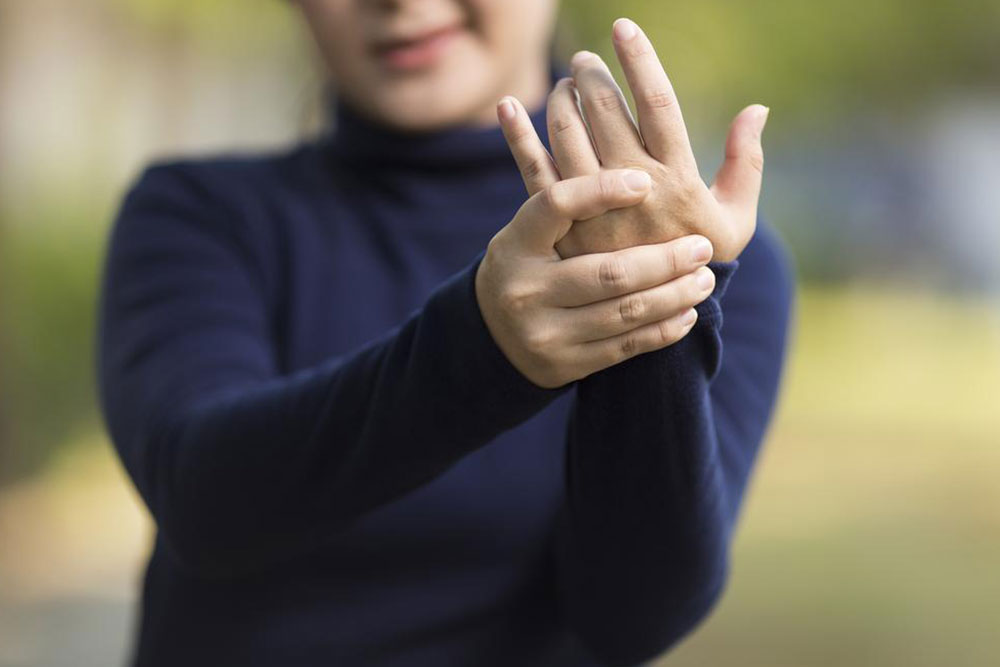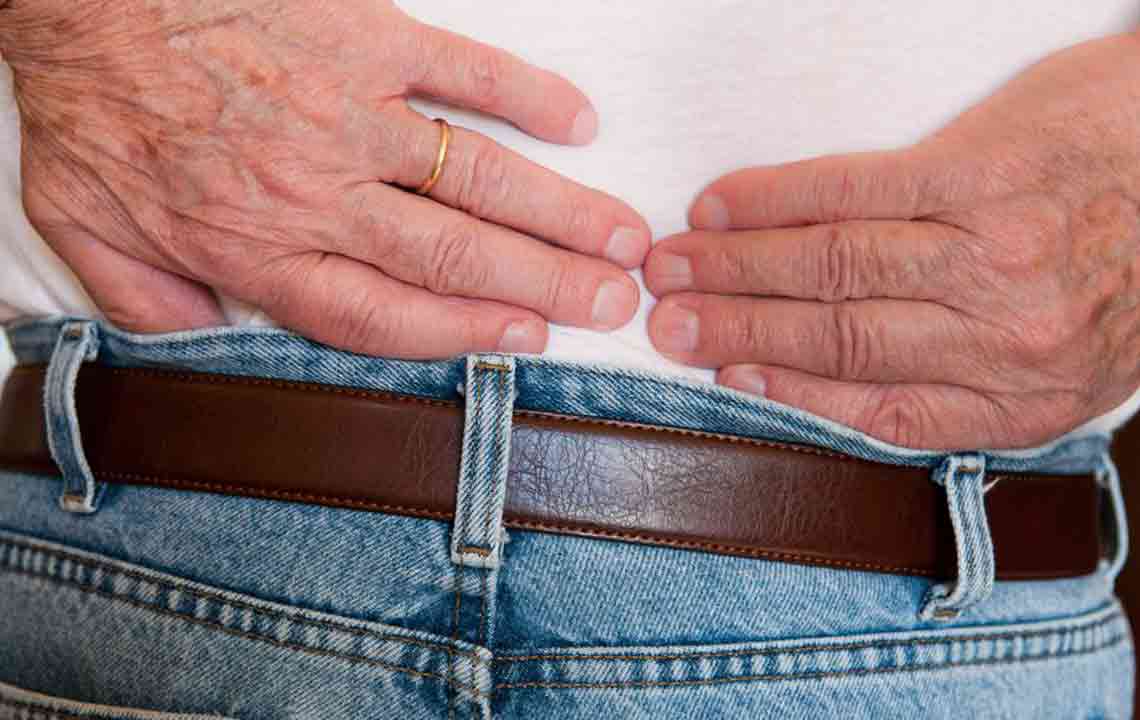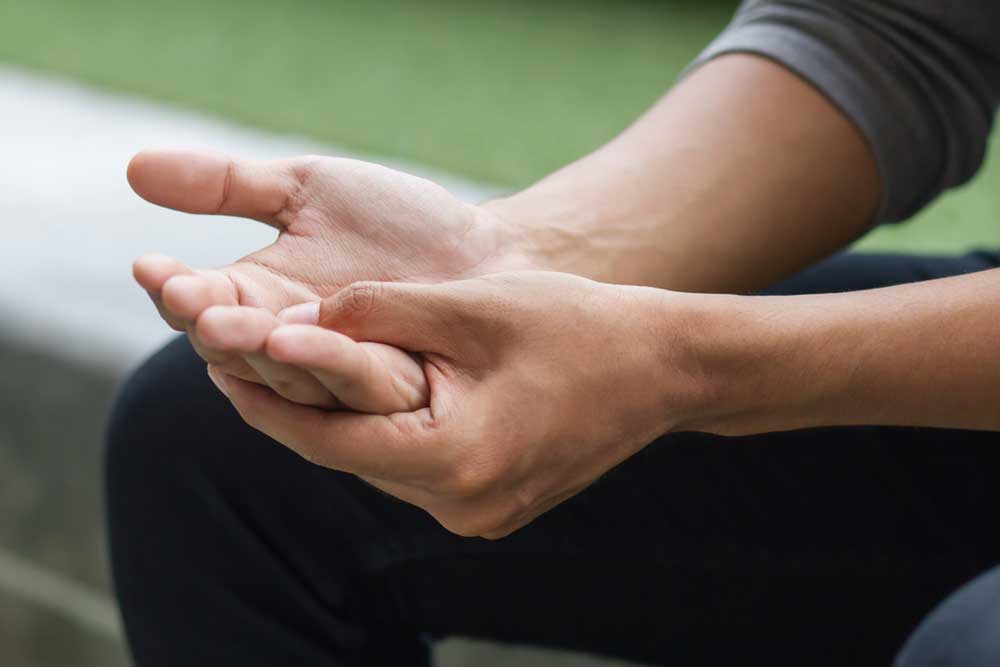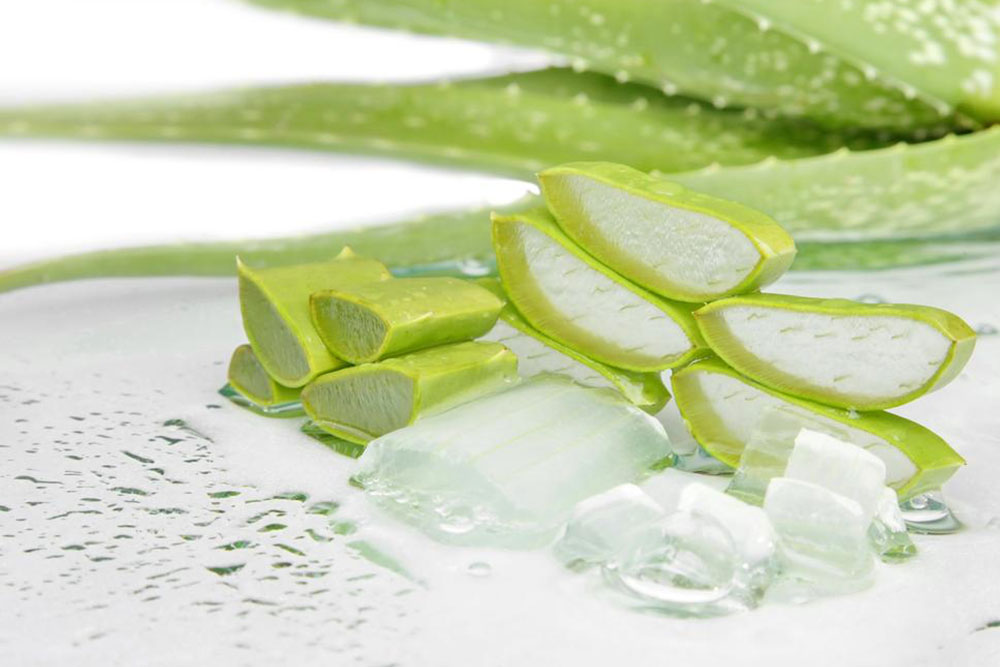Effective Home-Based Exercises to Relieve Trigger Finger Discomfort
Discover comprehensive home exercises designed to alleviate trigger finger symptoms effectively. From tendon-strengthening movements to flexibility-enhancing routines, these simple yet powerful techniques can help reduce inflammation, improve mobility, and relieve discomfort naturally. Incorporate these exercises into your daily routine for sustained hand health and improved finger function, all from the comfort of your home. Learn how gentle massage and resistance training can aid in recovery and prevent future flare-ups, ensuring your fingers stay flexible and pain-free.

Effective Home-Based Exercises to Relieve Trigger Finger Discomfort
Trigger finger, medically known as stenosing tenosynovitis, is a common condition characterized by pain, stiffness, and a catching sensation in the fingers or thumb. It occurs when inflammation affects the tendons responsible for finger movement, leading to swelling and impaired mobility. When this condition involves the thumb, it is specifically referred to as trigger thumb. The tendons in our fingers connect muscles to bones, allowing smooth and controlled movements. Under normal circumstances, these tendons glide effortlessly within their lubricating sheaths, facilitating daily activities. However, repetitive motions, inflammation, or overuse can cause the tendons to become inflamed, swollen, and sometimes stuck, resulting in trigger finger symptoms. If you're seeking effective natural remedies to alleviate this condition, incorporating specific exercises at home can help reduce symptoms and improve hand function. Below are comprehensive, easy-to-follow exercises designed to promote tendon health, reduce inflammation, and increase flexibility in your fingers and thumb.
Repetitive activities such as extended periods of driving, typing, or sports like tennis, can put strain on the tendons in your fingers, increasing the risk of developing trigger finger. Engaging in targeted exercises can help strengthen the tendons, improve flexibility, and reduce inflammation, providing relief from the discomfort associated with this condition. One highly recommended exercise involves placing your palm flat on a sturdy surface, such as a table or countertop. Then, lift each finger individually, keeping each lifted for at least one second before lowering it back down. This exercise encourages tendon mobility and helps maintain healthy tendon gliding, preventing stiffness and catching sensations. It is simple but effective in promoting long-term finger health.
Next, consider incorporating resistance training using a rubber band. Take a standard rubber band and wrap it around your fingers and thumb. Gradually push your fingers outward against the resistance of the band, opening your hand wide, then slowly bring your fingers back together. Perform this exercise in a controlled manner for a few minutes daily. This resistance movement helps strengthen the tendons and muscles responsible for finger extension and flexion, reducing the likelihood of inflammation and stiffness over time.
An excellent exercise involves forming a circle between each finger and your thumb by touching their tips together. Repeat this motion ten times, making deliberate and controlled movements. This exercise improves the coordination and flexibility of your finger joints, helping to prevent catching and locking sensations characteristic of trigger finger.
Improving grip strength is also crucial in managing trigger finger. Hold a small ball, such as a tennis ball or stress ball, in your palm. Squeeze the ball tightly for a few seconds, then release. Repeat this squeezing and releasing motion several times throughout the day. This exercise strengthens the muscles in your hand and fingers, supporting overall hand function and reducing tension on the tendons.
Another simple yet effective exercise is to make a fist with your hand, then gradually open your fingers wide, spreading them as far as comfortable. Repeat this opening and closing motion multiple times daily. This helps maintain flexibility in your finger joints and prevents stiffness from developing due to prolonged flexion.
Massaging the affected area can significantly enhance blood circulation and promote faster healing of inflamed tendons. Use gentle circular motions on the joint and surrounding tissues for several minutes daily. Regular massage not only relieves pain and stiffness but also helps reduce inflammation, making it a valuable addition to your trigger finger management routine. Remember to consult with a healthcare professional before starting any new exercise regimen, especially if you experience significant pain or have underlying health conditions. Consistency and patience are key—these exercises, combined with good hand care practices, can lead to notable improvements over time. By adopting these natural strategies, you can effectively manage trigger finger symptoms at home and regain better hand mobility and comfort.





